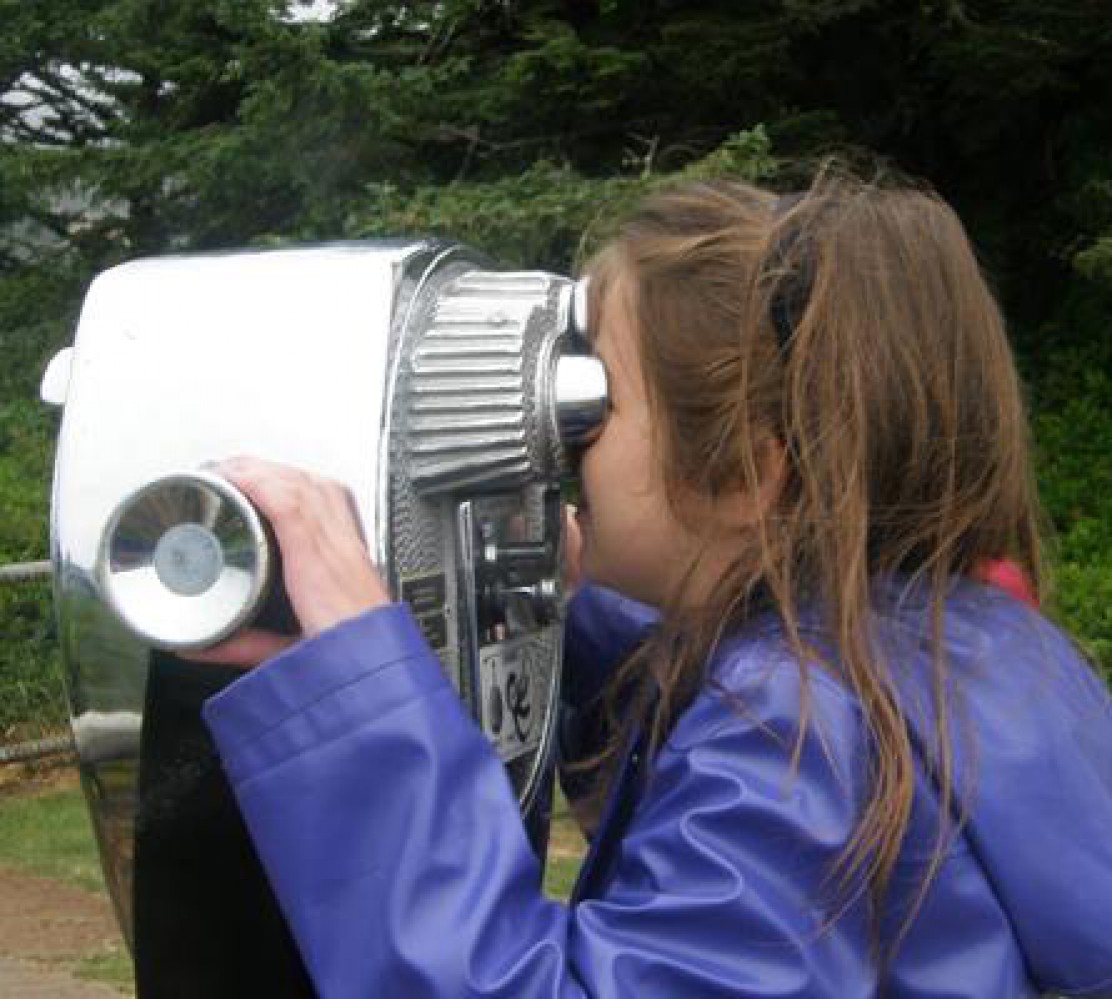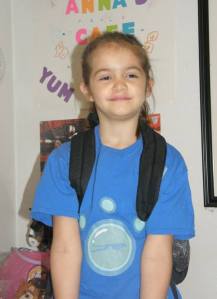We have so many dreams for our children when they are born. From the first moment we see them—those tiny, wrinkled, sleepy, screamy, adorable little people—we imagine what they might look like and be like in every stage of their lives. We can’t help it. We know we can’t know what will come, but we imagine it anyway.
And then we watch them bloom, and they are more beautiful than we could possibly imagine.
Anna is eight-and-a-half tomorrow. It’s been almost eight-and-half years since I held her for the first time, since I said “hello” to the little girl I only found out was a girl a few minutes earlier. Almost eight-and-a-half years since we named her and began imagining what her life would be like.
Some of it was pretty close. We knew about her cleft, and her upcoming surgery, and the possibilities of more problems and more procedures in the future. But we didn’t know about her apraxia of speech, or the years or therapy it would entail, or her future struggle with handwriting.
We also didn’t know how resilient she would be, how whip-smart, how funny, how outgoing, or how deeply thoughtful and caring about all of God’s creatures.
She’s bloomed into an amazing girl, and she is blooming into an amazing woman. And while it pains us to watch her grow up, knowing that each moment once past is gone forever, it fills us with joy to watch her blossom into the person she is becoming.
The person God imagined all along.








